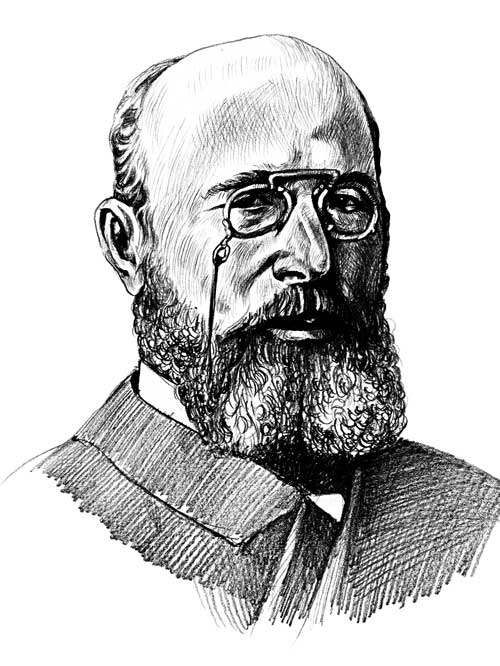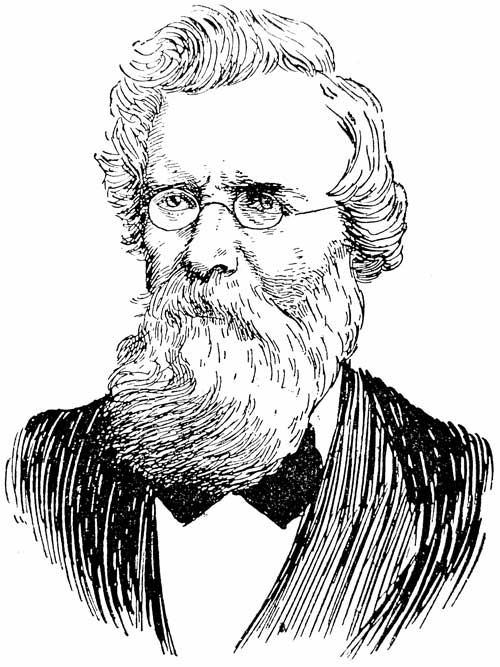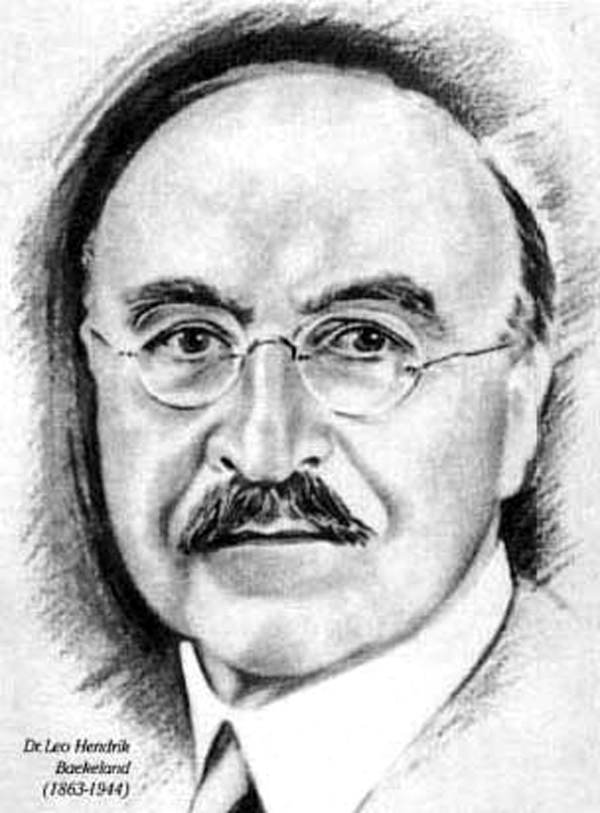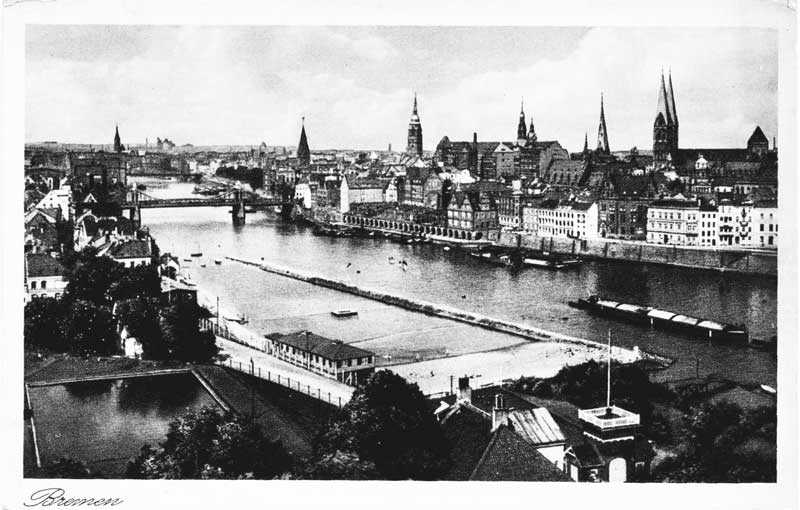History of Formaldehyde
The History of Formaldehyde
Formaldehyde is a naturally occurring organic compound composed of carbon, hydrogen and oxygen. Although it has a simple chemical structure – CH2O – formaldehyde demonstrates a strong diversity of properties, both chemical and physical.
About 13.7 billion years ago…
Scientific discoveries suggest that formaldehyde was one of the first substances in the universe. Interstellar formaldehyde – first discovered in 1969 by L. Snyder et al. using the National Radio Astronomy Observatory – found its way into comets and asteroids during the birth of our solar system. Over time the substance underwent chemical reactions to form complex organic molecules. These comets and asteroids could have then slammed into our planet during its early years, leaving behind their precious carbon-rich cargo and water, essential for life to evolve.
1859
Moving up in time, formaldehyde was first reported in 1859 by Alexander Mikhailovich Butlerov when he attempted to synthesise methylene glycol.
1868
However, formaldehyde was not conclusively identified until 1868, when August Wilhelm von Hofmann, a professor of chemistry and director of the laboratory of the University of Berlin, set out to clearly establish both the structure and identity of formaldehyde. The method that Hoffman used to identify formaldehyde laid the foundation for the modern formaldehyde manufacturing process.

Alexander Mikhailovich Butlerov

August Wilhelm von Hofmann
Commercial Production of Formaldehyde
1880’s
Commercial production of formaldehyde began in Germany in the 1880s and was taken up by Belgium, France and the United States by the early 1900s. During this time formaldehyde was mainly used as an embalming agent or medical preservative, but these early uses represent today less than 1% of total formaldehyde sales. Formaldehyde was initially manufactured in small quantities for use in a few factories and university laboratories, but improvements to the manufacturing process eventually led to large-scale production of formaldehyde..

1907
The demand for formaldehyde has risen steadily through the past century, driven by developments in science and technology that have led to the discovery of a wide variety of applications for which formaldehyde is a key building block. For example, in 1907, a Belgian chemist, Dr. Leo Baekeland, used a phenol–formaldehyde resin to invent “Bakelite”, a hard moldable plastic that is generally regarded as the first synthetic polymeric material.

1940
The first commercial-grade particleboard was produced at a factory in Bremen, Germany, in the 1940s and launched a revolution in the construction and furniture industries. Formaldehyde-based resins became then an essential adhesive for the manufacturing of wood products. It is still the case today.

20XX…
Commercial applications for formaldehyde continued to grow. In 2021, around 4 million tonnes of formaldehyde were produced by European manufacturers for use in diverse industries and in many sectors: furniture and construction, healthcare, automotive and airplanes, textiles, etc.

